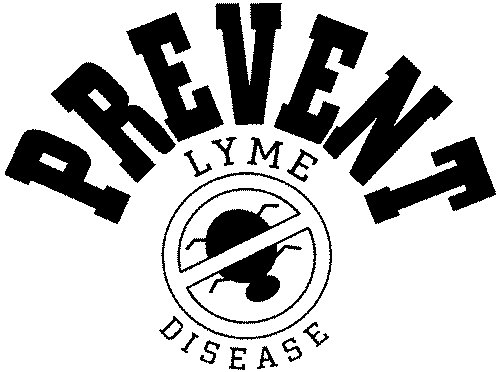|
 Lyme Disease Lyme Disease
Definition
An acute inflammatory disease characterized by skin changes, joint inflammation, and flu like symptoms, caused by the bacterium Borrelia burgdorferi transmitted by the bite of a deer tick.
Causes, incidence, and risk factors
Lyme disease was first described in the U.S. in the town of Old Lyme, Connecticut; in 1975, but has now been reported
in most parts of the U.S. Most cases occur in the Northeast, upper Midwest, and the Pacific Coast. Mice and deer are the most commonly infected animals that serve as host to the tick. Most
infections occur in the summer.
The disease is difficult to diagnose, because the symptoms mimic other diseases. A characteristic
red rash usually occurs at the site of the bite; however, the bite may go unnoticed. A few months after the bite, muscle paralysis, joint inflammation, neurological symptoms and sometimes heart
symptoms may occur. The initial infection is called primary Lyme disease. Secondary Lyme disease and tertiary Lyme disease may develop.
Prevention
When walking or hiking in tick infested areas, tuck long pants into socks to protect the legs, wear shoes and long sleeved shirts. Ticks will show up on white or light colors better than dark colors,
making them easier to remove from your clothing. Check yourself and your pets frequently. If you find ticks, remove them immediately by using a tweezers, pulling carefully and steadily. Insect
repellent may be helpful.
Symptoms
A flat or slightly raised red lesion (erythema migrans) at the site of the tick bite
- expansion of the red lesion to several inches over several days
- fever
- headache
- lethargy
- muscle pains
- stiff neck
- joint inflammation in the knees and other large joints
- additional symptoms that may be associated with this disease:
- itching, overall
- behavior, unusual or strange
Signs and Tests
- physical examination
- Antibodies to B. Burgdorferi by immunofluorescence (IFA) or ELISA
Treatment
Antibiotics are prescribed based on disease stages and manifestations. Erythromycin,
tetracycline, doxycycline, cefuroxime, and penicillin are some of the choices.
Anti-inflammatory medications are prescribed to relieve joint stiffness.
Note: oral tetracycline is usually not prescribed for children until after all the permanent teeth have erupted; it can permanently discolor teeth that are still forming.
Expectations (prognosis)
If diagnosed in the early stages, the disease can be cured with antibiotics. If left untreated,
complications involving joints, the heart, and the nervous system can occur.
Complications
- secondary Lyme disease
- tertiary Lyme disease
Calling your health care provider
Call your health care provider if symptoms of Lyme disease develop.
|



